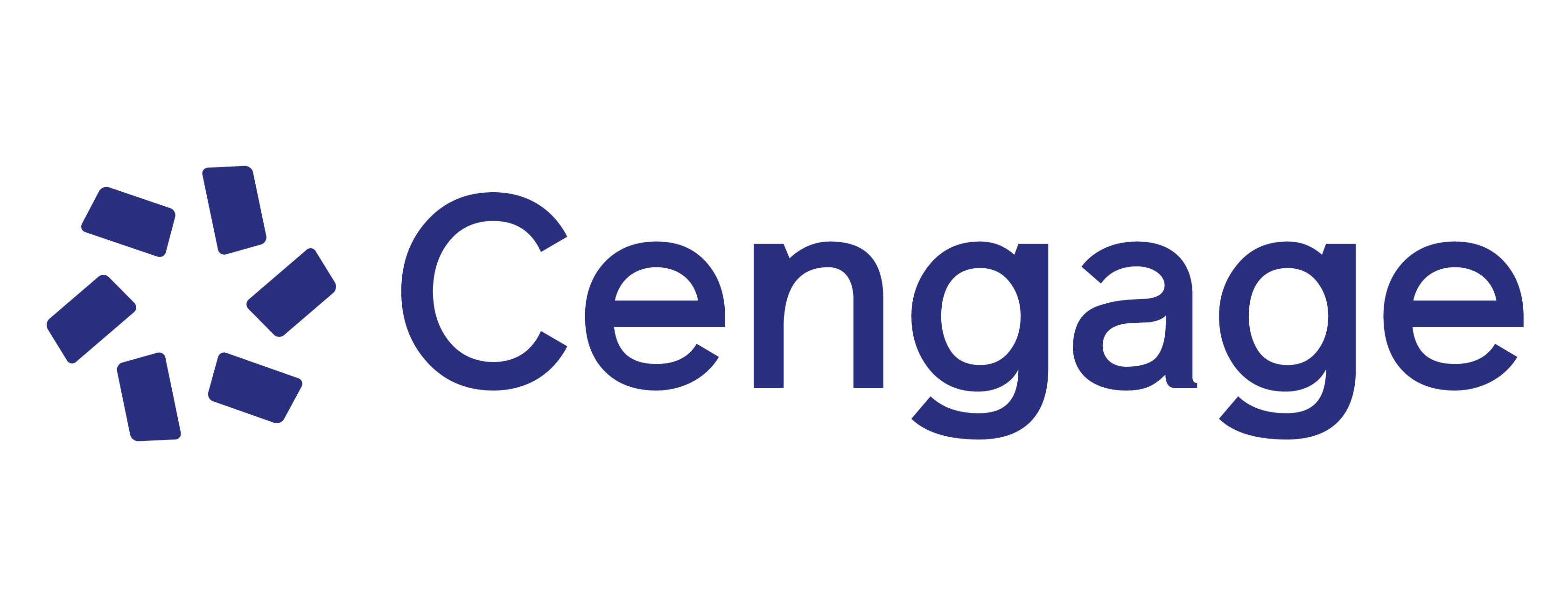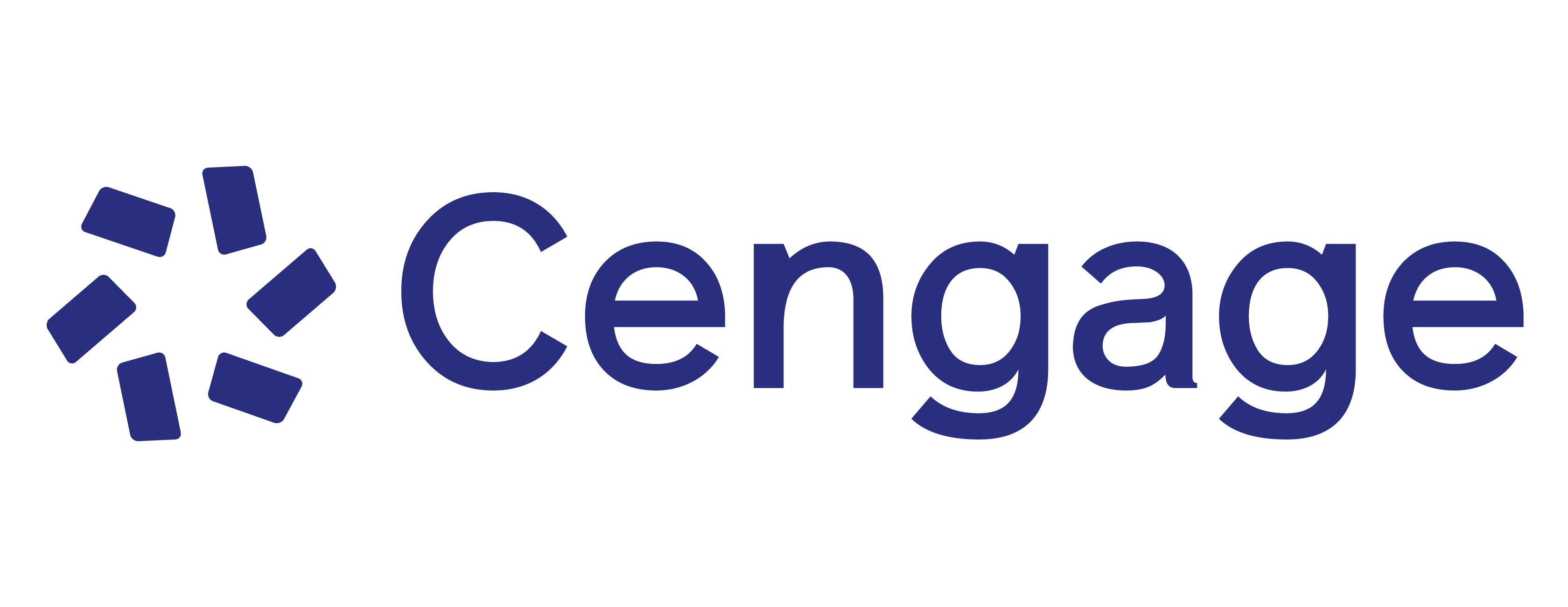Examine the globalization of today's financial markets and explore how central banks have changed monetary policy because of the Great Recession. Study how technology is disrupting financial markets and join the debate over who protects consumers in financial markets. While other money and banking texts focus on memorizing equations; moving lines on graphs; or reading long, dry chapters, Brandl's MONEY, BANKING, FINANCIAL MARKETS AND INSTITUTIONS, 2E brings important financial concepts to life in a clear, concise, reader-oriented approach. You see the connections between the concepts you are learning and the macroeconomics you've already mastered as you examine financial entities in detail, using the recent economic crisis as a backdrop. This inviting book reads almost as a conversation that encourages you to discuss and debate these important concepts with friends, colleagues, and even future employers. MindTap digital resources with the world's leading Aplia online homework tools further prepare you to understand today's banking and financial markets.
Part I: MONEY AND ITS PRICES.
1. Introduction and Overview.
2. Money, Money Supply and Interest.
3. Bonds, Loanable Funds & Interest Rates.
4. Interest Rates in More Detail.
Part II: MONEY AND OVERALL ECONOMY.
5. Financial Markets through Time.
6. Aggregate Supply & Aggregate Demand.
7. Banks and Money.
Part III: CENTRAL BANKS.
8. Central Banks.
9. Monetary Policy Tools.
10. The Money Supply Process.
11. Monetary Policy & Debates.
Part IV: THE BANKING SYSTEM.
12. Bank Management.
13. Bank Risk Management & Performance.
14. Banking Regulation.
Part V: FINANCIAL MARKETS.
15. Money Markets.
16. Bond Markets.
17. Stock Market & Efficiency.
18. Mortgage Market.
Part VI: GLOBAL FINANCIAL MARKETS.
19. FX.
20. Global Financial Architecture.
Part VII: FINANCIAL INSTITUTIONS.
21. Thrifts and Finance Companies.
22. Insurance and Pensions.
23. Mutual Funds.
24. Investment Banks and Private Equity.
-
Michael Brandl
Dr. Michael Brandl received his B.S. in economics from the University of Wisconsin at Madison and his Ph.D. in economics from the University of Houston. His research interests include economic growth, financial economics, and labor economics. His teaching focuses on the application of economic theory to management decision making as well as global financial markets. He has won more than 45 teaching awards for work with undergraduates in economics and finance, M.B.A. students, and Executive M.B.A. students. Previous to joining the Rice University faculty, Dr. Brandl served on the faculty at The Ohio State University Fisher College of Business and in the Department of Economics. Prior to this, he taught at University of Texas at Austin McCombs School of Business and has held visiting positions at University of Wisconsin-Madison Department of Economics, Texas A&M May College of Business, University of Houston Department of Economics, and Aalto University School of Business (Finland). As a consultant, Dr. Brandl offers custom training for numerous entities, including 3M, LG Electronics, Motorola, Texas Instruments, Frito-Lay, Texas Association of Counties, and American Public Power Association. He also serves as an economic consultant with the Magee & Magee consulting firm, where he has provided economics analysis in a variety of anti-trust, patent infringement, intellectual property, and economic damage litigation cases.
-
NEW, EXTENSIVE DESCRIPTION OF CRYPTOCURRENCIES EXAMINES POSITIVES AND NEGATIVES ABOUT THIS ISSUE. New coverage within Chapter 2's discussion of the types of money explores cryptocurrencies. Most readers have heard varying opinions about cryptocurrencies as "the next great thing" or as a tool "used only for nefarious purposes." This edition examines both sides of the issue and even introduces the consideration that the biggest contribution of cryptocurrencies may be the blockchain technology that underlies them.
-
ENTIRELY NEW SECTION MORE CLOSELY EXAMINES THE TECH BUBBLE AND SUBPRIME CRISIS IN A HISTORICAL CONTEXT. This new discussion in Chapter 5 places these two asset bubbles into proper historical context, causing readers to contemplate how the “this time is different” attitude can be a harbinger of coming events. The chapter also streamlines the discussion of the Panic of 1907. This important chapter allows you, as an instructor, to take a stronger multi-disciplinary approach to the course material, if desired.
-
NEW SECTION ON MODERN BUSINESS CYCLE MODELS CLARIFIES TOPICS OFTEN ONLY ADDRESSED IN GRADUATE STUDIES. This non-technical discussion of Real Business Cycle models, as well as Dynamic Stochastic General Equilibrium Models (DSGEs), in Chapter 6 helps undergraduate students understand why central banks and other policymakers were slow to respond to the subprime crisis. New content also examines the debate over the future use of the DSGE framework and offers insight into what future business cycle models that incorporate financial markets might look like.
-
EXPANDED DISCUSSION OF THE FEDERAL RESERVE’S STRUCTURE AND EXTENDED DEBATE OVER THE FED’S ROLE IN CONSUMER PROTECTION ENCOURAGES CLASSROOM DISCUSSIONS. Students become engaged as they debate these current, relevant issues. Chapter 8 also now discusses the Bank of Japan’s zero interest rate policy as well the Bank of England and European Central Bank’s new quantitative easing (QE) policies. This international focus can stand alone or serve as an introductory tool if you want to discuss current global financial markets issues in more detail.
-
NEW CONTENT NOW ADDRESSES QUANTITATIVE TIGHTENING IN CHAPTER 9. This new discussion highlights issues students may be hearing about in the press or in the professional world. In addition to addressing current issues, discussions like this prepare students to offer meaningful discussions during future job interviews. Expanded coverage in this chapter also details the European Central Bank’s new monetary policy tools, including TLTRO I and II.
-
NEW DISCUSSION OF COMMERCIAL BANKS’ BALANCE SHEETS IS STREAMLINED WITH EXPANDED EMPHASIS ON CRITICAL TOPICS. This streamlined, yet further developed, coverage in Chapter 12 helps students better understand the function and importance of balance sheets in commercial banks today.
-
ADDITIONAL DISCUSSION HIGHLIGHTS CONSUMER CREDIT RISK FACING TODAY'S DEPOSITORY INSTITUTIONS. Students gain a better understanding of the credit risks that depository institutions face in Chapter 13. A new section focuses on the variety of ways financial institutions can reduce credit risk and liquidity risk.
-
THE LATEST UPDATES ADDRESS REFORMS AT THE INTERNATIONAL MONETARY FUND (IMF) AND THE WORLD BANK. New discussion within Chapter 20 thoroughly explores the status of reforms at these United National institutions -- as the IMF works to stabilize the international monetary system and monitor the world's currencies, and the World Bank Group works with developing countries with the goal of reducing poverty and increasing shared prosperity.
-
NEW AND UPDATED CONTENT CLOSELY EXAMINES TODAY'S CREDIT UNIONS IN CHAPTER 21. Students review the latest information about credit unions with expanded discussion of the ongoing debate over credit unions lending to businesses.
-
EXPANDED, UPDATED DISCUSSION (CH. 24) REVIEWS THE "REVOLVING DOOR" BETWEEN FINANCIAL MARKETS AND REGULATORS IN WASHINGTON. You can even present the political science aspects of this issue for a stronger multi-disciplinary approach. New content also examines Jay Powell’s background before becoming Federal Reserve Chair. This discussion links to the concepts of central banks and even the evolution of financial markets covered in early chapters. In addition, expanded discussion explores the controversy surrounding private equity carried interest being taxed at the capital gains level.
-
NEW "IN THE NEWS…" SEGMENTS IN EVERY CHAPTER CONNECT CHAPTER CONCEPTS TO ISSUES IN THE POPULAR AND BUSINESS PRESS. Students clearly see the connection between concepts covered in your course and issues happening in today's markets and firms. These segments are followed by open-ended questions for students to contemplate. You can use these to prompt classroom discussions and encourage students to refer to these issues during job interviews to demonstrate their understanding of current market events.
-
THE LATEST UPDATED DATA IN VIRTUALLY EVERY CHAPTER DEMONSTRATES THE IMPACT OF TOPICS ON THE WORLD TODAY. This up-to-date approach moves well beyond a study of "moving lines back and forth" to demonstrate how these critical topics that students are studying are moving markets and impacting the lives of people in all parts of the world
-
MINDTAP WITH APLIA DIGITAL LEARNING SOLUTIONS ENSURE COMPREHENSION. MindTap helps you transform students into critical thinkers by using personalized assignments, applications, real-time course analytics, and an accessible reader. MindTap learning tools help you turn apathy into engagement and memorizers into higher-level thinkers. In addition, today's leading homework solution -- Aplia -- improves outcomes by increasing student engagement. Interactive assignments connect concepts to the real world while auto-graded homework ensures students come to class prepared.
-
APPROACHABLE, READER-ORIENTED WRITING STYLE ENCOURAGES STUDENT-CENTERED LEARNING. This edition reads like a conversation, rather than a lecture, as the author presents material in a unique way to foster discussion, contemplation, and debate as opposed to simple memorization. Rather than long, boring chapters that prompt students to simply use the text as a reference, the presentation inspires students to read the material before class and learn together -- and from each other -- with open-ended questions at the end of short, lively sections.
-
UNIQUE, DIGITAL SUPPORT THROUGHOUT MINDTAP REINFORCES KEY CONCEPTS FROM THE BOOK. A variety of digital assets available online through MindTap are tailored to the individual ways today's students learn. Readers are able to use a variety of tools to review and apply important course material in a dynamic, appealing way.
-
"CONCEPT CLIPS" ANIMATE KEY PRINCIPLES AND TERMINOLOGY FOR CLARIFICATION. Short, fast-paced, entertaining animations highlight important concepts and ensure retention. These often humorous "Concept Clips" help student master terminology and further encourage students to talk to each other and learn from each other.
-
WHITEBOARD EXPLANATIONS CLARIFY CRITICAL CONCEPTS. These fast-paced explanations of equations give students clarification that they can view repeatedly.
-
"SOUND BITS" PROVIDES STRATEGIC AUDIO REVIEW. For students who prefer audio reinforcement, this edition offers helpful "Sound Bits" with reviews of the book's most crucial material that students can listen to as often as needed.
-
COGNERO® ONLINE TESTING SAVES YOU TIME IN EXAM PREPARATION AND GRADING. Cengage Learning Testing, powered by Cognero, provides a flexible, online system that allows you to import, edit, and manipulate content from the book's test bank or another source, including your own favorite test questions. You can create multiple test versions in an instant and deliver tests from your LMS, your classroom, or wherever you want.
-
FULL SUITE OF INSTRUCTOR SUPPLEMENTS ASSISTS IN EFFICIENT CLASS PREPARATION. You will find an invaluable Instructor's Manual with preparation and teaching support, in addition to online testing and abundant PowerPoint® slides to clarify concepts.
Cengage Testing, powered by Cognero® for Brandl's Money, Banking, Financial Markets & Institutions, Instant Access
9781337904797
Cengage Testing, powered by Cognero® for Brandl's Money, Banking, Financial Markets and Institutions
9781337904780
Instructor's Companion Website Brandl's Money, Banking, Financial Markets & Institutions
9781337902748
MindTap: Money, Banking, Financial Markets & Institutions 12 Months
9781337680639
Cengage eBook: Money, Banking, Financial Markets & Institutions 12 Months
9788000029504


